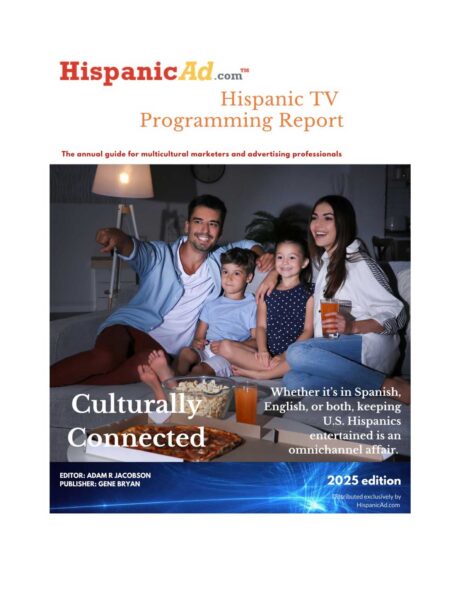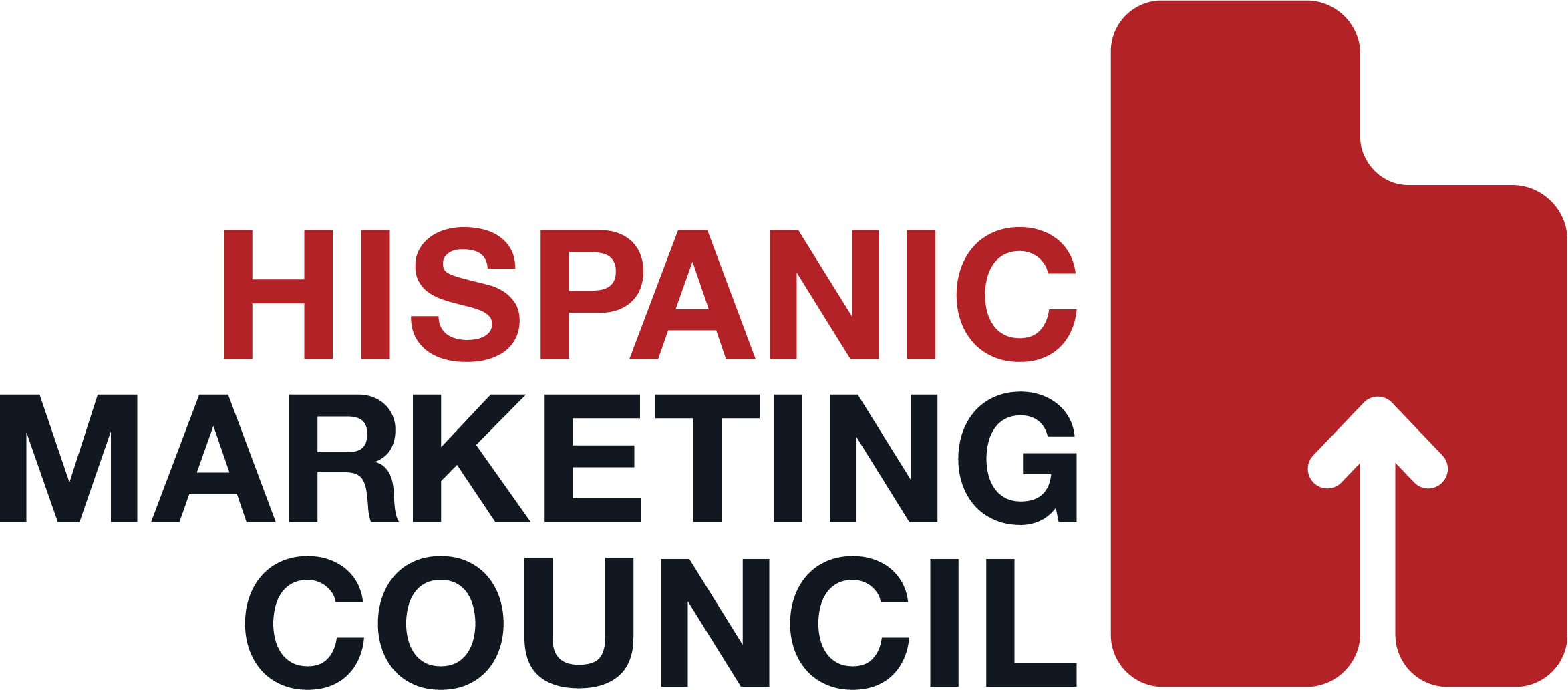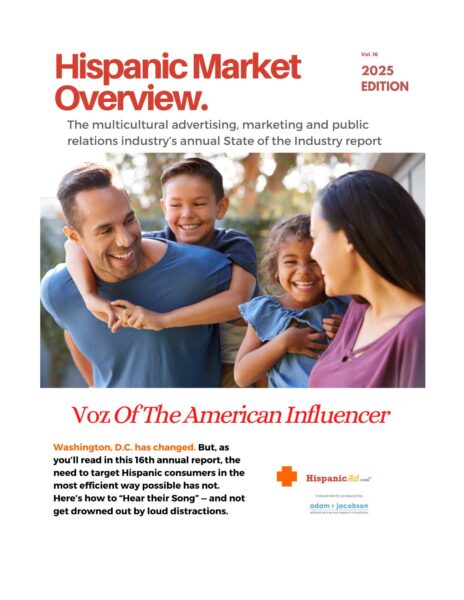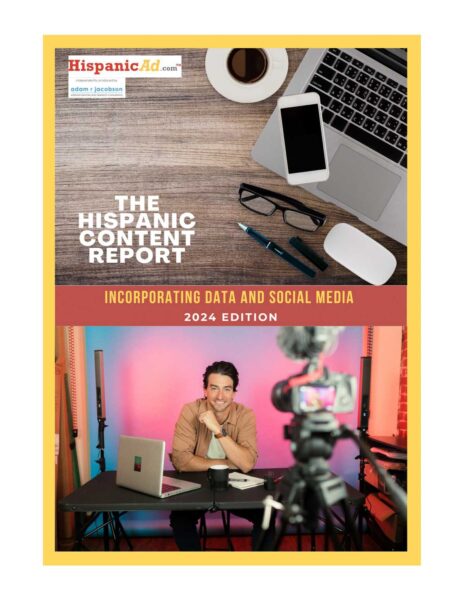How Culture Affects the Perception of Money.
February 23, 2006
Dinero vs. Money
“I don’t have everything I love, but I love everything I have”. It might sound like a romantic quote, but when my Venezuelan friend used this phrase, she was trying to explain to me what money represents to her. During our conversation, she tried to explain that money is not everything for her: “Yes, money is good, but is not the most important thing in life. As long as I’m healthy, my family is around and I have my friends, I’ll be happy, no matter how much money I have. I’m healthy, so I know I can work and survive. I’ll work to live, not to live to work”.
From an American perspective, this lack of ambition for money seems unusual. Americans learn that time is precious and should be used effectively to build a wealthy life (time is money!). Robert Wuthnow, in his essay Pious Materialism: How Americans View Faith and Money concludes that money and material possessions are, in fact, among the things Americans cherish most deeply. Money represents success, and the more you have the more power and status within society you have. The expression American Dream is a perfect illustration of the US money culture; despite the varied ways of interpreting the America Dream, the expression is mostly used to explain the desire to gain material wealth.
Cultural differences
These different cultural perceptions of money between American and Hispanics are not just a casual phenomenon. According to some thinkers, there is a fundamental relationship between cultural elements and capital. Max Weber, the author of The Protestant Ethic and the Spirit of Capitalism argues that the spirit that defines capitalism has its roots in the Protestant Reformation. In terms of economics, Protestantism is based on concepts such as hard work, saving money, and defining your own future. Thus, Protestantism is one major factor that defines the way Americans relate to money. On the contrary, people from countries with Catholicism as their primary religion tend to be more fearful of this spirit of Capitalism. Therefore, this caution toward Capitalism may reveal insights about Hispanic money relations.
An example of another cultural difference can be seeing through the interpretation in both cultures of the common American phrase “I have enough to get by.” For Americans it has a negative connotation; among Hispanics the idea of having a place to live and a source of money to provide food for their family (what would be translated as enough to get by in the American culture) is the dream that many come to follow.
Another interesting difference is that Hispanics tend to make immediate use of their money. Capital accumulation is not a characteristic of Hispanics, especially because being wealthy has a negative connotation. Regarding money, “as the masses of Hispanics have endured slavery and endemic poverty over the past 500 years, the meaning of wealth has been associated with the experience of others, not oneself. Thus, being poor is seen as a better alternative to being wealthy but corrupt, as if both were natural opposites”(Korzenny and Korzenny, p.184). In addition to those characteristics, Hispanics also have a great sense of responsibility to each other. Sharing and helping relatives or friends is more valuable and respectable than accumulating money. Thus, they tend to help families members instead of investing/saving their capital for future purposes.
Furthermore, Hispanics don’t plan their finances for the long term because they have a strong sense of fatalism. They believe that their future is in God’s hands and that they can’t control their lives in an absolute way. (Korzenny and Korzenny, 06) Thus, these beliefs are reflected in Hispanic consumer behavior. Instead of planning for the future (savings or retirements plans) like Americans do, they invest in improving their life immediately (because the future is uncertain).
This sense of immediacy explains why electronic industries are increasing their Hispanic clientele so rapidly. Hispanics are great consumers of domestic appliances and entertainment such as DVD, MP3, games, etc., because entertainment devices improve their quality of life and bring the family together. According to 2004 US Hispanic Market Report by Synovate, Hispanics outpace the general market purchasing of video game systems. While only 37% of the general market has purchased a videogame, among Hispanics the number is 48%. Also, Synovate predicts that Hispanics can be viewed as prime prospects for the first time purchase of computers, cd players, on-line access and home answering machines. (180)
Marketing Opportunities and Challenges
We see, then, that while electronics manufacturing companies have a great opportunity with Hispanics, other vertical markets still lack an efficient strategy to target this community. For example, Hispanics most likely won’t consider investing in the stock market or purchasing retirement plans. Hispanics don’t think of long-term investments. The benefits are too far away, and putting the money on hold – while you could take advantage of it right now – seems dangerous. Moreover, if Hispanics have family outside the US it is more likely that their extra capital will go to help their family members than go towards investments. Therefore, industries interested in offering financial services of any kind to Hispanics must first think about educational campaigns.
For the banking industry, the Hispanics constitute the most promising market: the Multilateral Investment Fund (Washington, D.C.) projects that cash remittances from migrants in the U.S. to Mexico, Central America, and the Caribbean will exceed $300 billion during the next decade, up from its current $23 billion annually (Fernandez, 36). Furthermore, many Hispanics haven’t been “banked” yet. That means that they have never had a bank account before, even in their country of origin. While almost 98% of the general markets have bank account, less than 70% of Hispanics have any kind of bank account (Synovate, 183).
However, to effectively communicate with this segment, bankers need to clarify misunderstood concepts. Due to cultural and historical influences, Hispanics are reluctant to trust institutions/corporations to take care of their money. For example, Arab domination of Spain for over eight centuries has also left an economically restrictive cultural legacy: the idea that lending with interest is evil (Korzenny and Korzenny, 185). Also, many Latin American countries have experienced financial and government coups that hinder peoples trust in financial institutions. In Brazil in 1990, for example, President Fernando Collor de Melo introduced a new economic plan and froze all financial assets in bank accounts which exceeded a few thousand dollars for 18 months. Another similar and recent example was el Corralito, in Argentina, where the government also froze personal bank accounts. Therefore, for bankers in the US, it is fundamental to understand that Hispanics are hesitant to seek out a banking relationship because they carry fears and distrust about banks in their homelands. Furthermore, educational campaigns are the only way of establishing a relationship with Hispanics.
In conclusion, industries from any vertical segment can reach the Hispanic community; however, it is crucial for financial companies to understand the role that money plays in Hispanic life. Understanding how Hispanics relate to money provides valuable insights useful to any strategic campaign. Moreover, understanding how social and moral systems affect Hispanic consumer behavior is vital to produce an accurate campaign. Therefore, financial companies that want to engage the Hispanic community should remember that a well-focused educational campaign has the ability to diminish cultural/financial stigmas; however, companies should also remember that reversing negative perceptions takes time. Thus, the relationship between financial companies and Hispanics must be based on trust. When such a trust is found, the demystification of products and services may begin to slowly change Hispanic perception of financial services.
Rose Carbonell
Florida Sate University
(ro**@**uy.com)
References:
Fernandez, Julie. “Hispanics & CUs: A perfect fit”. Credit Union Magazine 69. Madison: August 2003: 36
Korzenny, F., and Korzenny, B.A. Hispanic Marketing: A cultural perspective. Burlington, MA: Elsevier Butterworth-Heinemann , 2005
2004 U.S. Hispanic Market Report. Miami, Fl: Synovate, 2004
Weber, Max. The Protestant Ethic and the Spirit of Capitalism. New York: Scribner’s Sons, 1958.
Wuthnow, Robert. “Pious Materialism: How Americans View Faith and Money,” The Christian Century . March 3, 1993: 238-242.
































